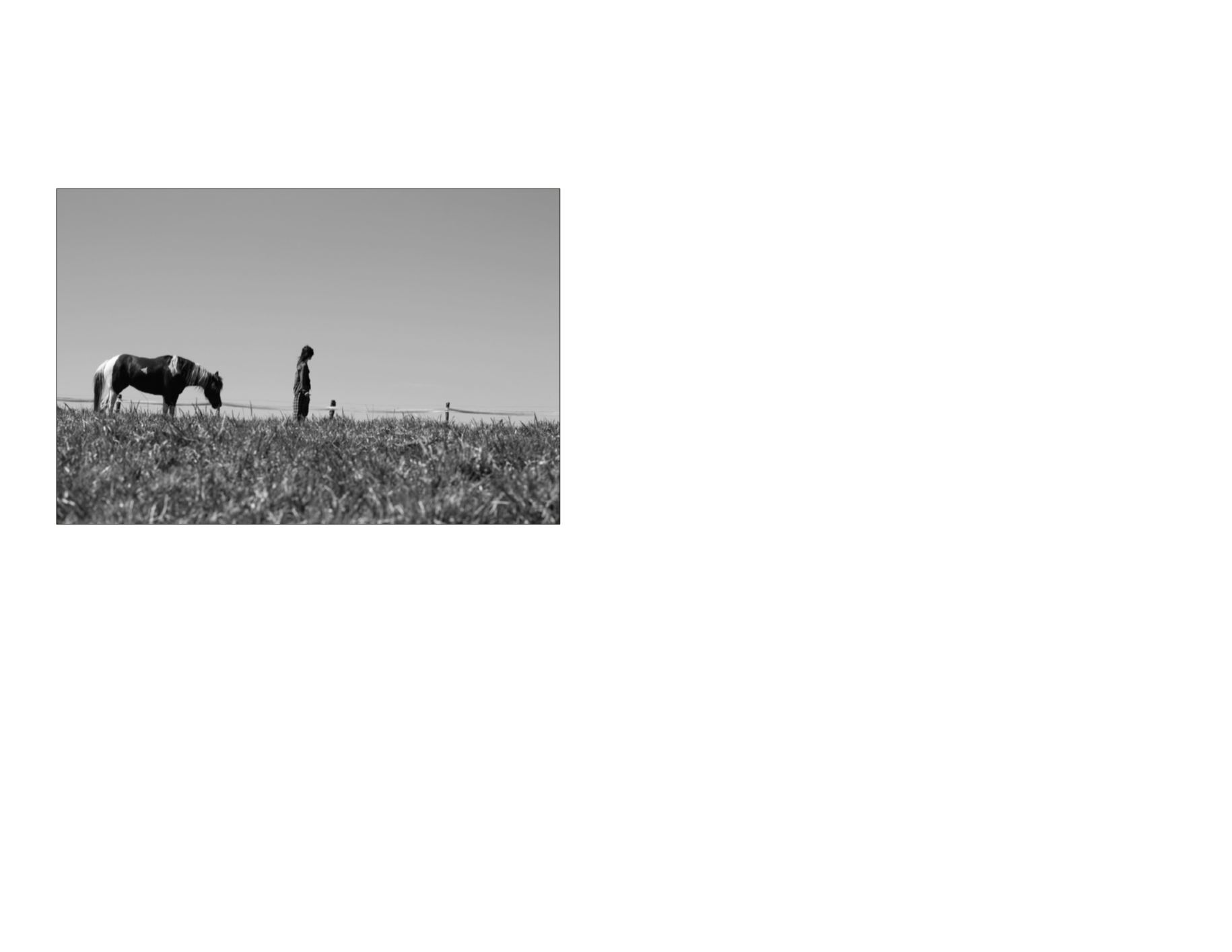

12
TUSCARORA REVIEW 2016
2016 TUSCARORA REVIEW
13
Felicity Alvino,
Untitled
— Photography
Vietnam and the American Indian Soldier:
An Examination of “The Red Convertible”
and the Effects of Post-Traumatic Stress Disorder on the
American Indian and his Family
Ryan Slicer
T
he short story “The Red Convertible” written in 1984 by Louise Erdrich tells
the tale of two American Indian brothers and their relationship as the older
brother, Henry, is drafted into the U.S. Marines and sent overseas to fight in
the Vietnam War. The story is told through the eyes of Lyman, Henry’s younger
brother and the story’s protagonist. They share ownership of a red 1960s
Oldsmobile convertible, a key symbol throughout the narrative. Once a happy,
optimistic, and promising young man, Henry returns to Lyman and their mother
a completely different person, a direct result of his time in Vietnam, which led to
him suffering severe post-traumatic stress disorder (PTSD). Damaged extensively
from the traumas of war, he undergoes a drastic change in mood, his relationships
and social interactions, and his overall emotional well-being. This inevitably leads
to his own death by drowning, a possible and likely suicide. It is arguable, however,
that Henry did not have his full mental faculties and was not in a conscious state
of mind to follow through with killing himself knowingly. Regardless, the severity
of Henry’s PTSD was, without a doubt, real and ruthless, likely even more so than
that of other in-country veterans. While PTSD affected many Vietnam veterans
of all races, it had more severe and drastic effects on American Indian Vietnam
veterans. This is, in large part, due to the circumstances of their military service
and cultural backgrounds.
Before Henry’s draft date and service, Lyman tells a story of their life together
and the adventures they went on and the people they encountered. By all
accounts, Henry is a sociable and optimistic young man. He enjoys life to its fullest
despite the brothers coming from a poor, fatherless reservation family. Henry and
Lyman make do with what they have and even embark on a road trip in the red
Oldsmobile convertible they bought together. They even picked up a hitchhiker
named Susy and gladly drove her all the way home to Alaska, where they stayed
with her family for some months. At this point in the story, the reader really sees
the early aspects of Henry’s character. Susy shows them how exceptionally long
her hair is, which prompts Henry to get her to jump on his shoulders so he can
swing her and her hair around and around. It’s a small, impromptu event but it’s
these types of happy and humorous occasions that really portray Henry and the
person he was pre-Vietnam and pre-PTSD.
Henry was drafted in 1969 and was fighting in Vietnam the following year.
Lyman says, “[T]hen the next thing you know we get an overseas letter from
him. It was 1970, and he said he was stationed up in the northern hill country”
(128). It is evident that Erdrich did substantial research prior to writing “The
















